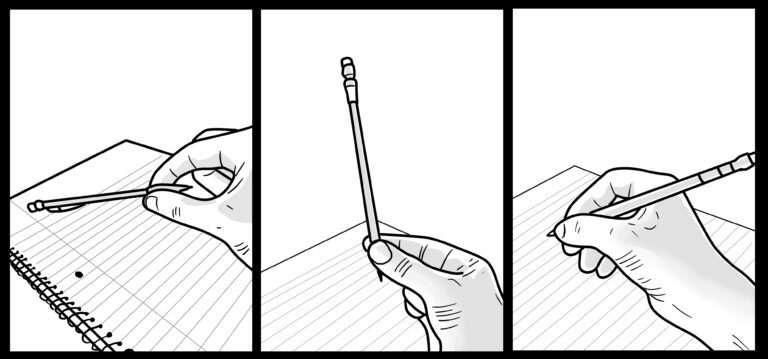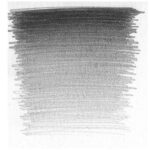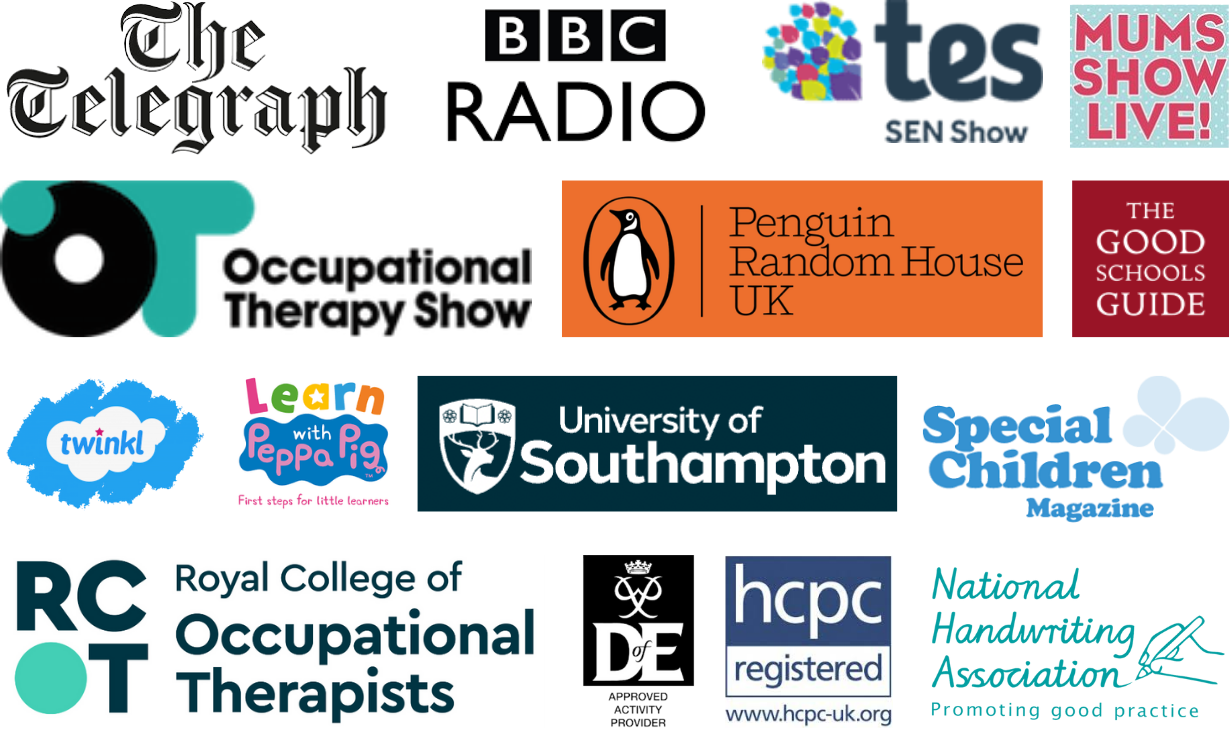The Perfect Pen Grip: Mastering the Key to Beautiful Handwriting
When it comes to handwriting, one of the most debated topics is the “perfect” pen grip. Parents and educators often seek a definitive answer on the ideal way to hold a pen or pencil. They are hoping it will lead to beautiful handwriting. Yet, research is inconclusive about the “perfect” pen grip.
In this blog post, we will explore the key elements of the perfect pen grip. Including the significance of pen pressure. And provide practical tips for unlocking the potential for beautiful handwriting.
Exploring Different Pen Grips and Techniques:
The perfect pen grip involves finding a balance between comfort and control. There is not one “perfect” grip but two.
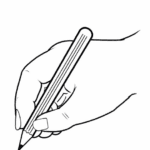
1. The tripod grip is the one well-known and often strived for. This is when the pen goes between the thumb and index finger. The middle finger has the pen resting on it for stability.
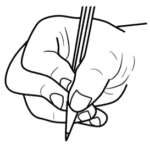
2. The second grip is an alternative grip called the quadrupod. Here the pen sits between the thumb, index and middle fingers. The pen rests on the ring finger for stability.
The quadrupod grip develops when a child is ready to write but they do not have the hand control to move the pen. For extra support, they then place another finger on top of the pencil.

3. Where this becomes an issue is when a child remains not feeling in control. They then wrap their thumb across their fingers for extra support. This reduces the thumb web space and can cause discomfort when writing. This grip is called a cross thumb wrap.
The Role of Pen Pressure:
One crucial element often overlooked is pen pressure. This relates to the amount of force applied while writing. Achieving consistent and controlled pen pressure is essential. It enables a smooth ink flow and legible handwriting. Too much pressure can result in dark, smudged lines, while too little can lead to faint or uneven writing. The key is practice. Finding the right balance without exerting excessive force is essential.
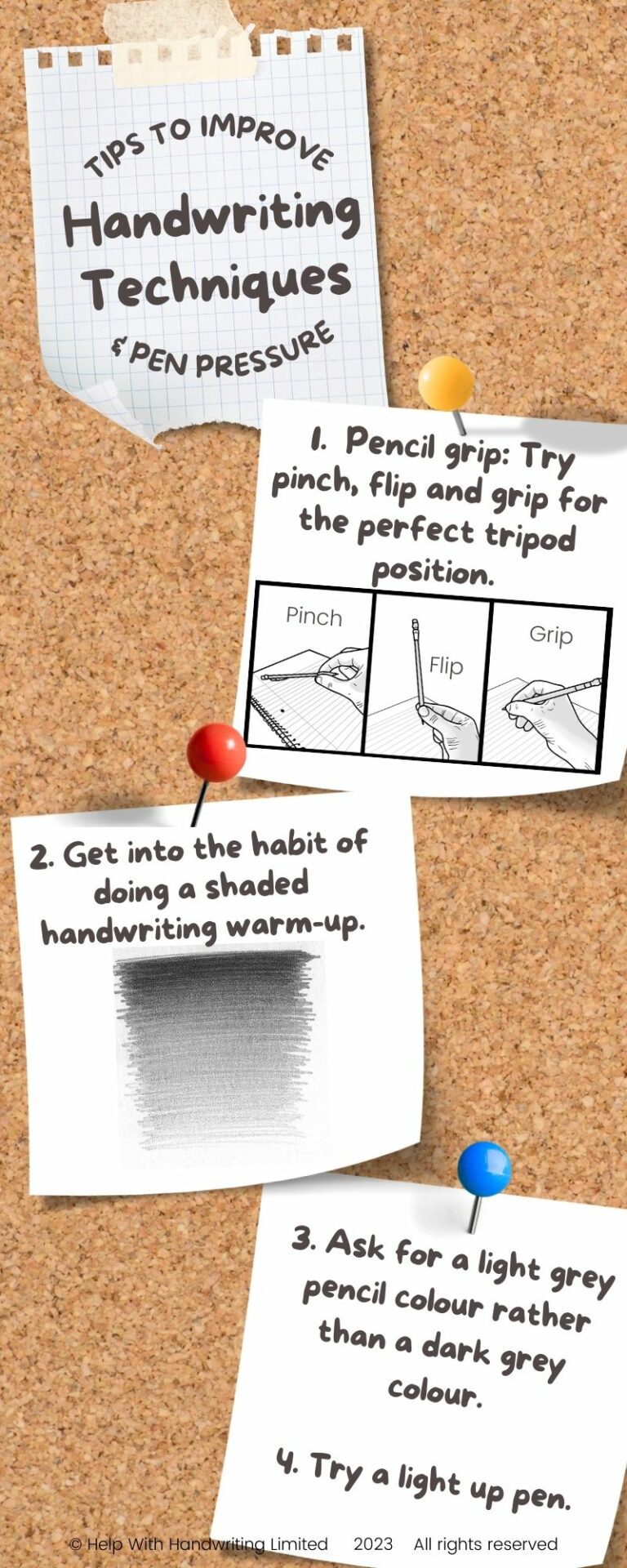
Tips for Improved Handwriting Technique:
